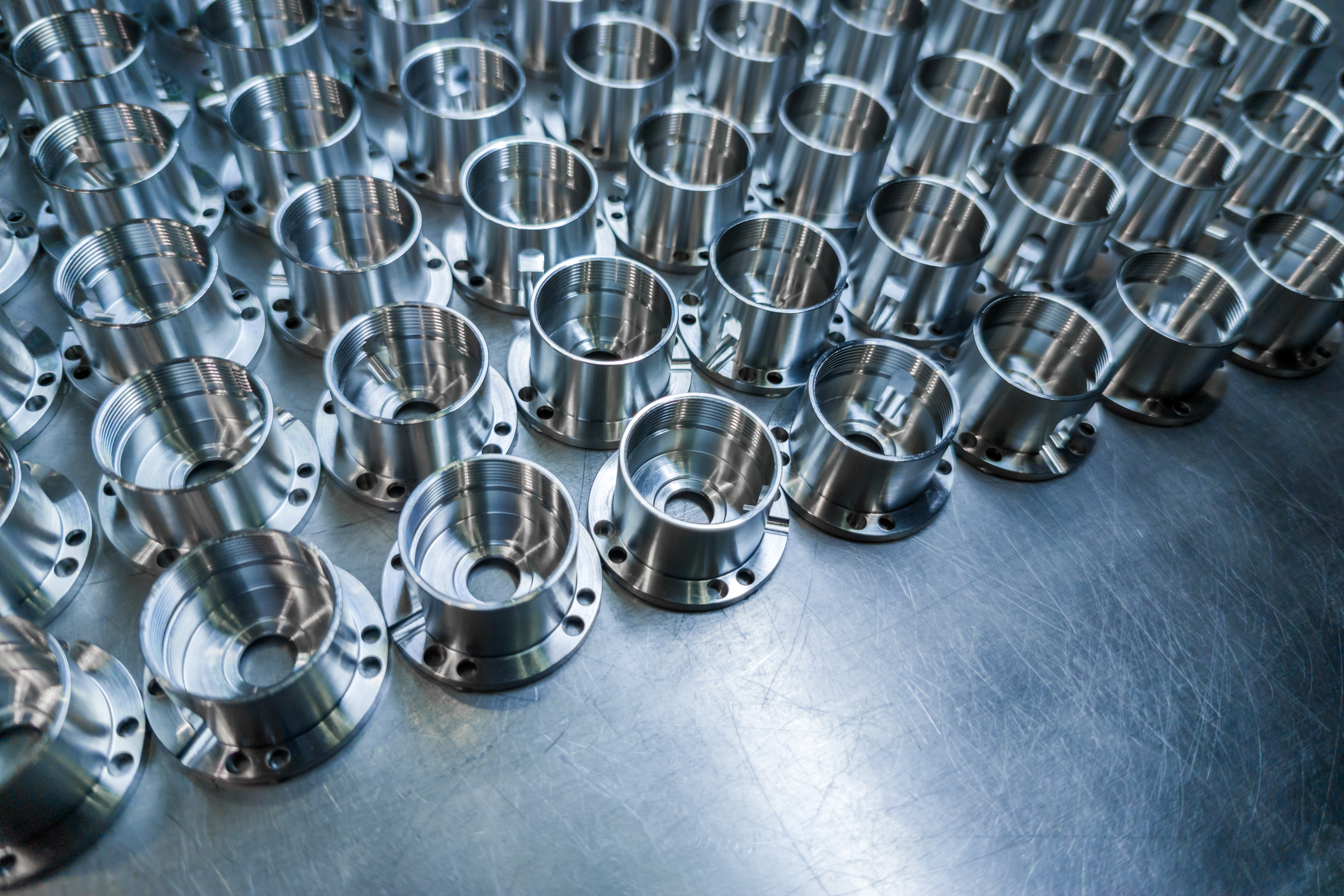1 min read
Are You Ready to Move Your Workforce to the Cloud?
You come to work this morning and your workforce is ready to go. Do they have everything they need to do their work? The right materials, new work to...

 There are a lot of options out there for a company looking to update their manufacturing or improve production.
There are a lot of options out there for a company looking to update their manufacturing or improve production.
Do you buy new machines? Maybe you look at process improvement through Lean manufacturing or Six-Sigma? Then there are a dizzying array of software products – QMS (Quality Management System), PLM (Project Lifecycle Management), the standard MES (Manufacturing Execution System) or MOM (Manufacturing Operations Management), and then the more esoteric or arcane choices like process and performance analytic engines with IIoT (Industrial Internet of Things) and colorful dashboards you can endlessly format.
What about a good CMMS (Computerize Maintenance Management System) or a Dynamic Scheduling (which just sounds like it needs a cape)? What about upgrading the ERP/MRP (Enterprise/Manufacturing Resource Planning), or purchasing a solid WMS (Warehouse Management System)?
With so many choices, it’s hard to see a strategy. Is there a “right” choice, or are you doomed to keep buying more and more products with diminishing returns? Worse yet, is it too complex and you end up buying nothing?
A Digital Manufacturing Strategy that Makes Sense
In this case, there is a “right” choice.
Consider this – production is a specialized business activity. It also directly generates revenue and profit for manufacturers. This means, you can have amazing IT staff, a fantastic marketing team, and some of the top front office staff in the world, but without optimized production and the proper support for operations, you are holding your company back.
You can’t expect production to use the same tools as the marketing team. You need more than an ERP (or even an MRP). You wouldn’t give an accountant a drill press, or have HR use a lathe, so why are you asking the shop floor to collect data on a spreadsheet and manage documents downloaded from the ERP. Sure, they can make it work, but do they have revision control? Can they track production? How much time is spent on non-value added time? What does labor cost on each order?
If you want to improve production, you need to give operations the right tools.
Better than any other product on the market, MES and paperless manufacturing provides the foundation for manufacturing operations.
Managing information and workflow is the primary goal of an MES. Your shop floor operates on workflow and is fueled by information. Other software systems support workflow and manage some information, but only the MES directly addresses these core needs of manufacturing.
Consider a QMS. It may support your production workflow by automating some tasks and structuring processes to address quality, but it leaves gaps in the manufacturing value chain which operations needs to fill.
But, once you have an MES in place, providing the foundation of overall workflow and managing production information, the QMS adds value by supporting quality when appropriate. The MES increases the value of both systems.
With dynamic scheduling you’ll improve OEE (Overall Equipment Effectiveness), and, with some work, improve production, but there will be gaps. Do you have revision control of planning? Have you optimized production if the shop floor is working with the wrong revision of work plans?
These “gaps” are also why many companies struggle with Manufacturing ERP and MRP solutions. Software that offers some MES functionality is limited and, inevitably, leaves the shop floor with coverage gaps. Production uses “workarounds” to fill the shop floor needs. They may need to use an old legacy system to store documents or collect data on spreadsheets because their ERP is still an ERP, no matter how the product is marketed.
A robust MES is designed to support the entire manufacturing value chain with a single software system, eliminating coverage gaps. Additional software solutions, like QMS and dynamic scheduling, should support the MES. The MES will work with other systems like the PLM and ERP. Simple integrations ensure the software works together.
Trying to get these software systems to do the job of the MES with creative problem-solving and wishful thinking isn’t giving the shop floor the support they need, and will leave you at a competitive disadvantage.
Simple Steps to Digital Manufacturing
Many companies won’t consider MES. They fear the changes on the shop floor or project failure more than they crave digital manufacturing and optimized production. They’d rather manage the problems they know than potentially invite new problems.
 But with a modern software solution and a phased implementation, you can manage change and ensure a project stays on track. Implement and use the features and functions you want when you want them.
But with a modern software solution and a phased implementation, you can manage change and ensure a project stays on track. Implement and use the features and functions you want when you want them.
Still worried about MES, or struggling with coverage gaps on your shop floor? Contact CIMx today and we can look at the options and potential benefits for your shop floor. We’re always happy to help.

1 min read
You come to work this morning and your workforce is ready to go. Do they have everything they need to do their work? The right materials, new work to...

There is so much talk now about the newness of a distributed workforce model; in reality, it's been in the news for a while. There is a challenge...

Machines are just a resource for your shop, right? Nope. Not even close. When you are talking the capacity of a shop, keeping those machines running...